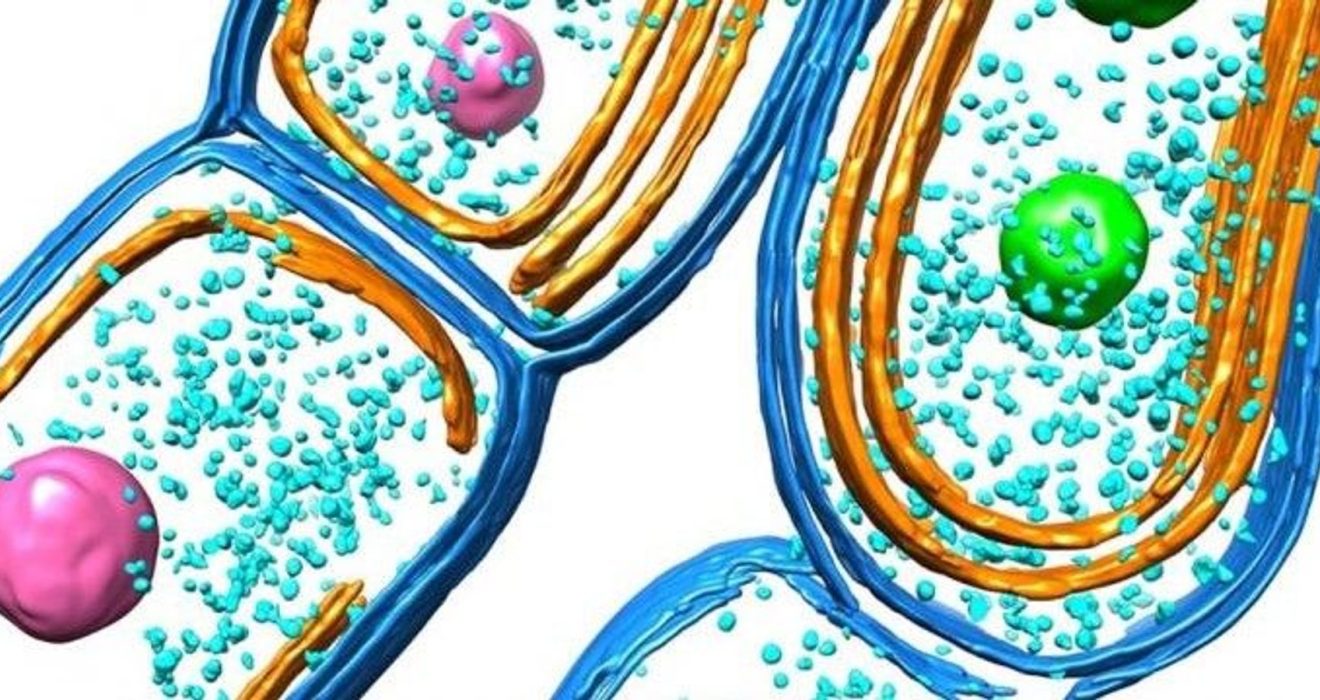The understanding of bacterial photosynthesis has advanced significantly because of the work of researchers from the University of Liverpool and their international partners. The complex structures of important photosynthetic protein complexes in purple bacteria. This revealed through the use of cutting-edge imaging techniques. This work could open the door for the construction of artificial photosynthetic systems intended to provide sustainable energy.
Understanding Bacterial Photosynthesis
The process through which living things transform light into energy, known as photosynthesis. And it relates to plants. Nonetheless, a large number of bacteria are also capable of photosynthesis, which greatly enhances energy flow, nutrient cycles, and aquatic ecosystems. Because these photosynthetic bacteria using this technique for billions of years, it is thought that they contain clues to the early evolution of life on Earth.
The Study’s Innovation:
High-resolution pictures of the photosynthetic reaction center and light-harvesting complexes (RC-LH1) from the bacterium Rhodobacter blasticus were presented by the research team in a report that was published today. Also, Purple bacteria’s ability to photosynthesize depends on the RC-LH1 complexes, and R. blasticus is now used as a model organism in the research of bacterial photosynthesis.
The pictures highlight the unique traits that differentiate R. blasticus from its bacterial cousins and highlight the diversity of photosynthetic processes even in closely related species. The scientific community now has a better knowledge of how bacteria use solar energy and how they have adapted to do so in various environments thanks to this discovery.
Joint Research Initiatives
An international team from Huazhong Agricultural University, Thermo Fisher Scientific, the Ocean University of China, and the University of Liverpool conducted the study. They were able to obtain high-resolution pictures of the monomeric and dimeric RC-LH1 supercomplexes using sophisticated imaging methods. These revelations, in the opinion of Professor Luning Liu, Chair of Microbial Bioenergetics and Bioengineering at the University of Liverpool, present fresh opportunities for the creation of more effective light-harvesting systems that may be used in the generation of clean energy.
R. blasticus Photosynthetic Complexes’ Distinctive Features
When compared to other bacteria, the RC-LH1 dimer in R. blasticus has a noticeably flatter shape. This flat shape helps the bacterial cell transport energy more efficiently and with a certain membrane curvature. The ability of photosynthetic bacteria to adapt to various environmental niches by these structural changes.
It’s interesting to note that R. blasticus is devoid of PufY, a protein component that is typically present in other purple bacteria. When it isn’t present, R. blasticus possesses extra light-harvesting subunits that make the LH1 structure more confined. This difference in architecture affects electron transport rates, which are important for effectively converting light into useful energy.
Consequences for Innovative Clean Energy Technology
The understanding of the bacterial photosynthetic process gained from this study could be crucial in the development of synthetic photosynthetic systems. Scientists intend to develop solar energy capture techniques that are more effective by emulating the energy transduction pathways found in bacteria. Understanding these bacterial systems is essential for creating new clean energy solutions that may be able to help meet the world’s energy needs, as Professor Liu explains.
Advancing Knowledge of Photosynthetic Evolution
This discovery advances our knowledge of the evolutionary processes that have shaped photosynthetic species, even beyond its technical uses. The structural diversity found in R. blasticus and kindred species points to the tremendous adaptability of bacterial photosynthetic mechanisms, with each species adjusting its activities to meet unique environmental demands.
In summary
At last, this important discovery sheds light on the structural complexity and adaptability of these ancient microbes, providing a new understanding of bacterial photosynthesis. The research team has gained new insight into the assembly and electron transfer processes that are essential for energy production in bacterial photosynthetic complexes by integrating structural biology with in-silico simulations and spectroscopic experiments. These discoveries are promising for future advancements in sustainable energy technologies and also contribute to the field of microbial bioenergetics.

